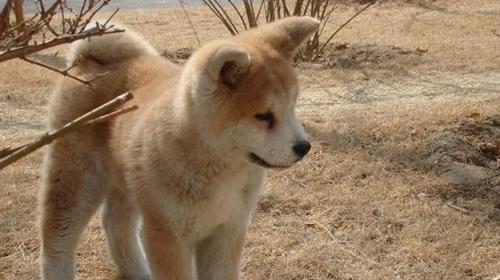
Akita Dog (detail introduction)
There are many ways to allergies, such as food allergies, environmental allergies, contact allergies, and flea allergy. The situation of allergies can be large or small. If the allergies are serious, the symptoms of shock may occur, which threatens the dog's life. What we want to talk about today is how to deal with dog food allergies.
Food allergy is a certain ingredient in food. Food includes staple foods, snacks and oral nutrients. Symptoms include skin diseases or gastrointestinal discomfort, or both. Allergies may start at any age. Some babies started to have symptoms two years after using the same food. Statistics have proved that ingredients that are prone to allergies include beef, dairy products, chicken, eggs, wheat, corn, soy products, fish. It depends on the individual's allergies.
Diagnosis Method
Low -sensitive food test: 3 months with low -sensitivity foods to see if it relieves. It should be noted that the staple food, snacks and oral drugs during low -sensitivity food tests should be low -sensitivity. Low -sensitive foods include new protein foods and hydrolyzed prescriptions. There is no common protein in new protein foods, but instead of uncommon protein replaced, reducing the possibility of allergies. The use of hydrolyzed prescriptions that can be used as small as possible to cause allergic reactions, which further reduces the possibility of allergies.
Allergic source test: Some allergens tests now also contain food composition testing. The test results may list the detailed list of commercial food suitable for dogs.
treatment plan
1. Long -term use of low -sensitivity food.
2. Use foods without allergies. The premise is that the allergic source test is required to find the allergens.
3. Drug therapy: Drugs and environmental allergies are similar. Similarly, it can only control the symptoms of itching and cannot fundamentally solve the problem.
